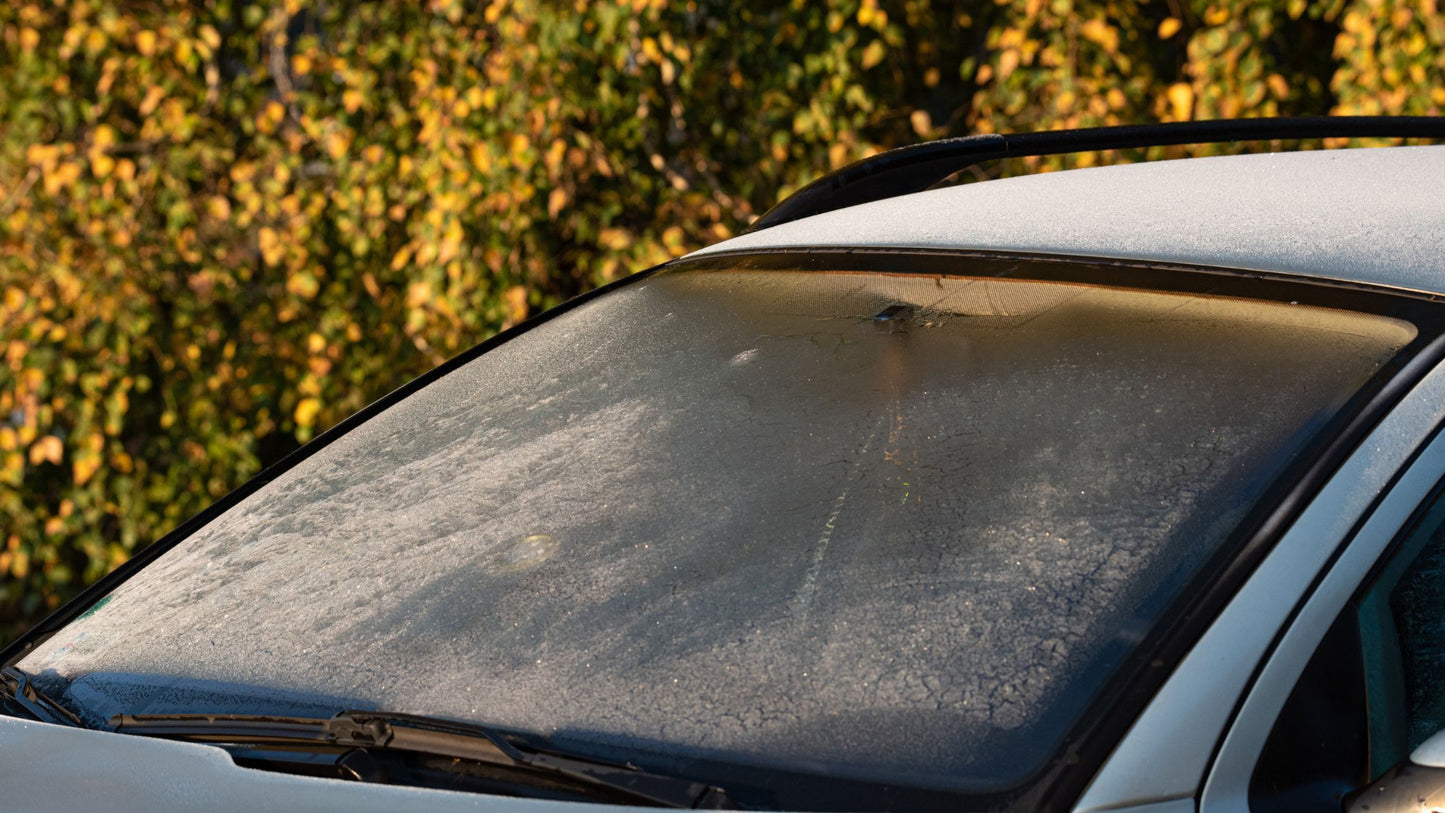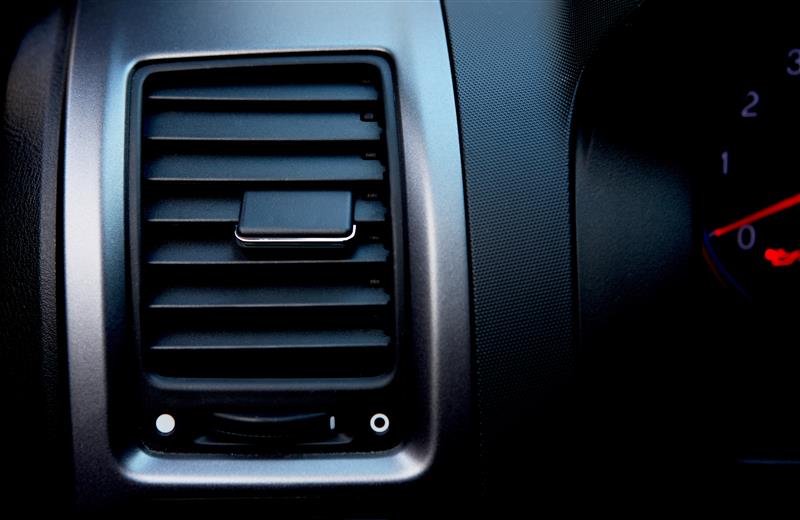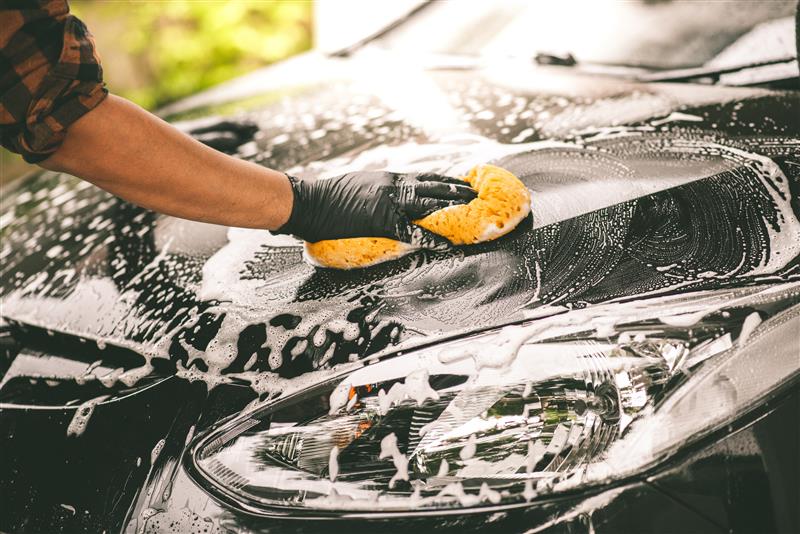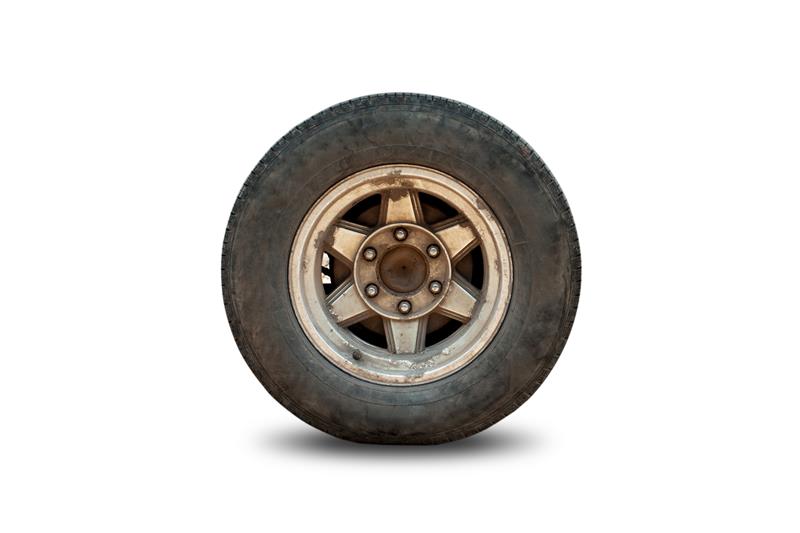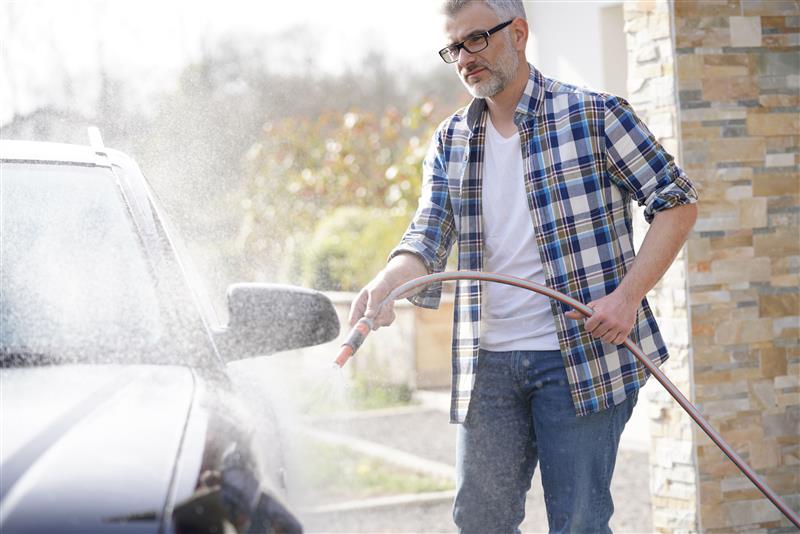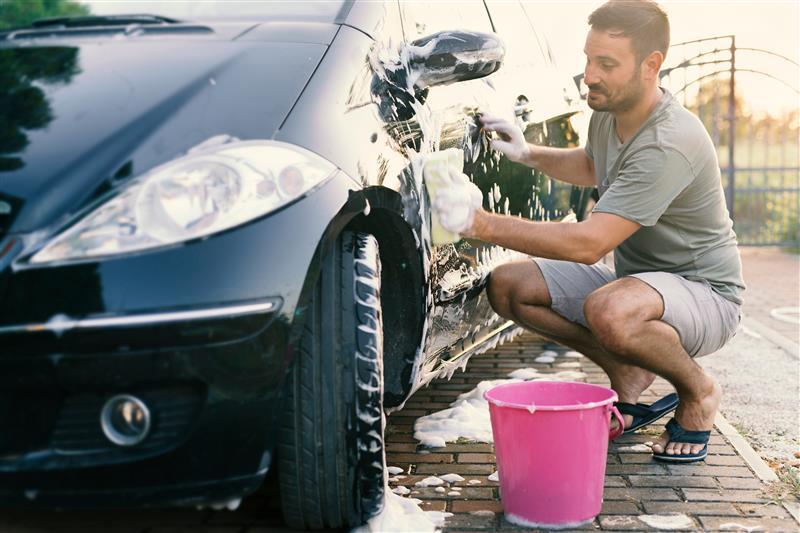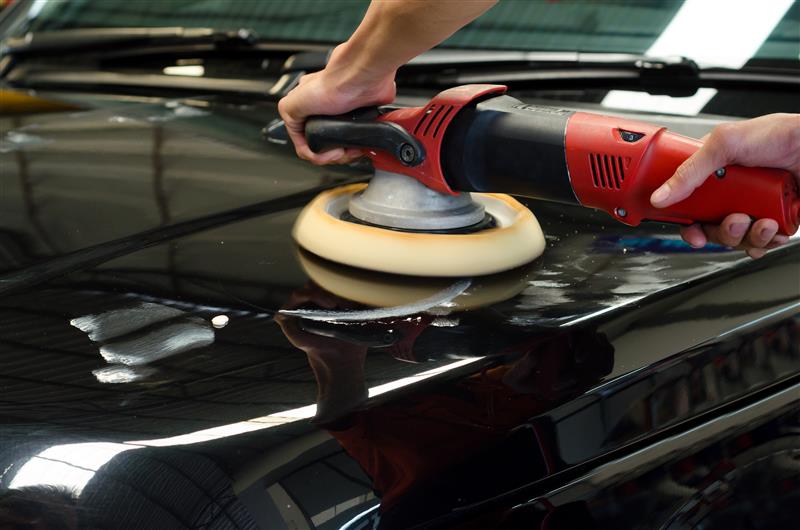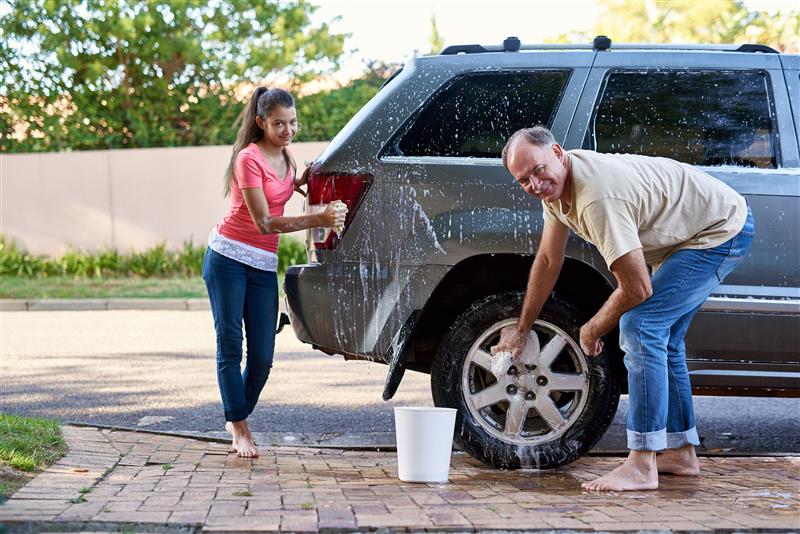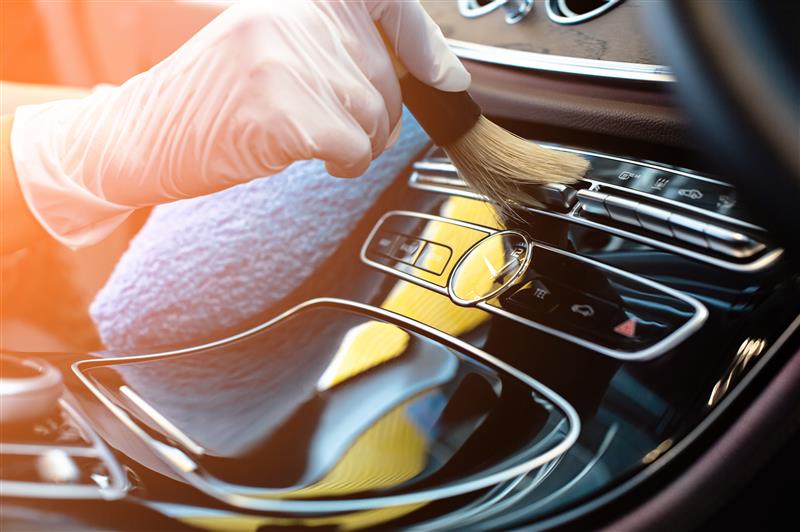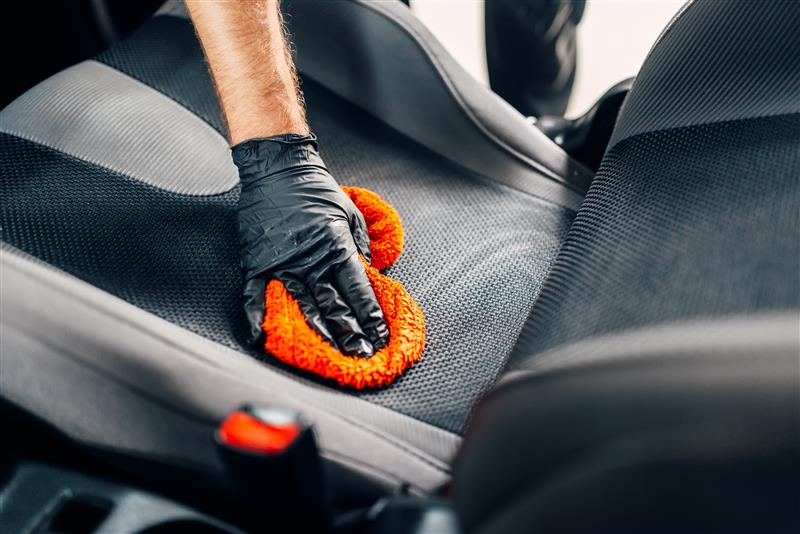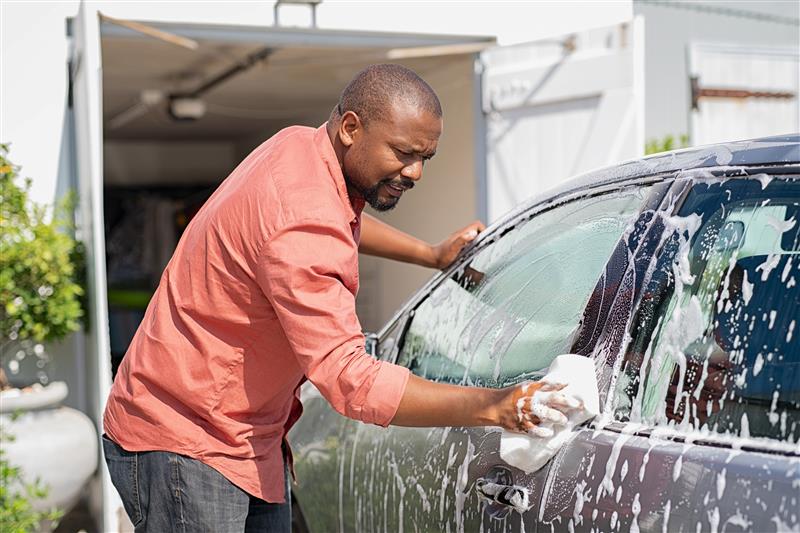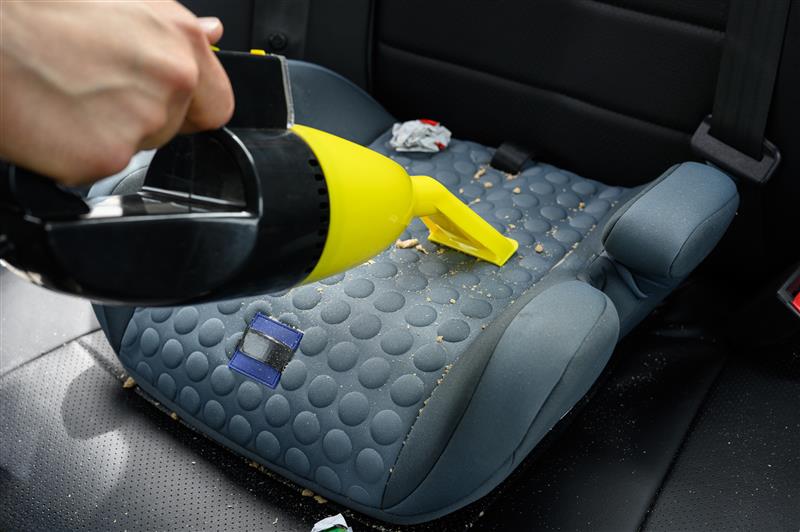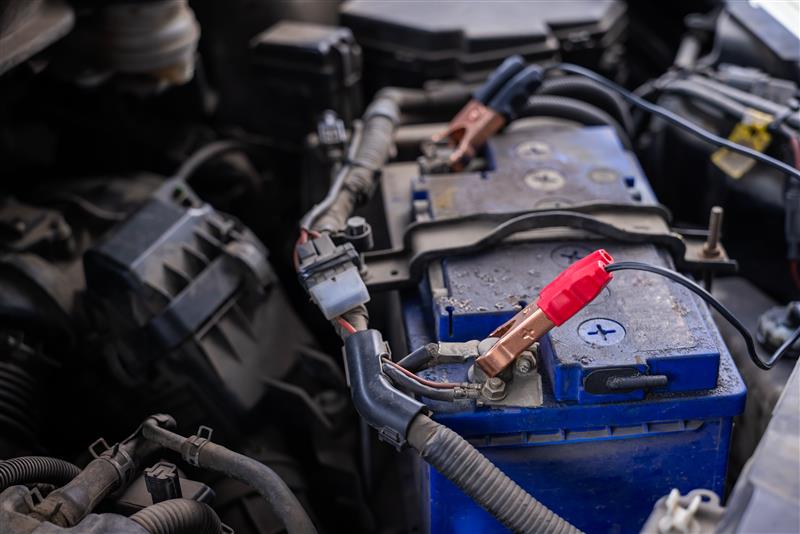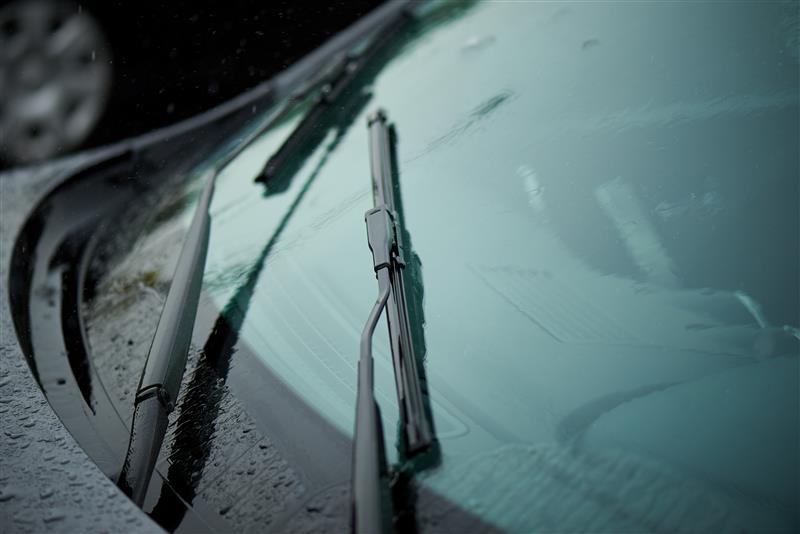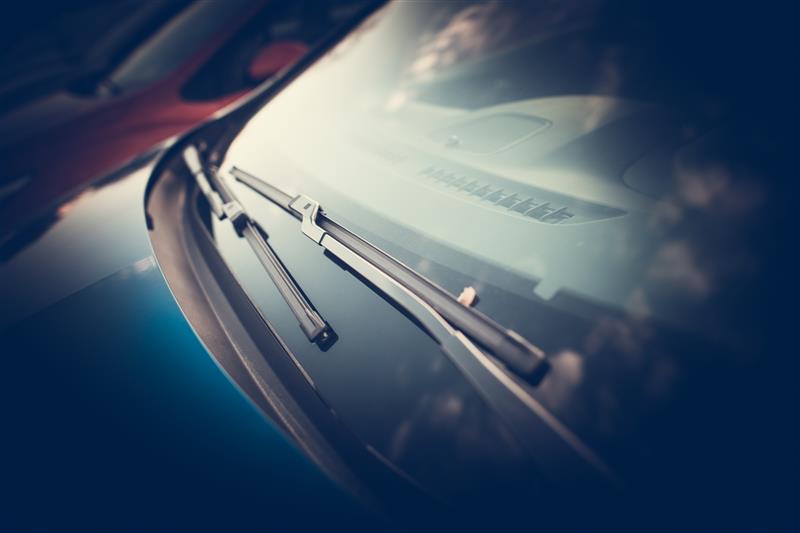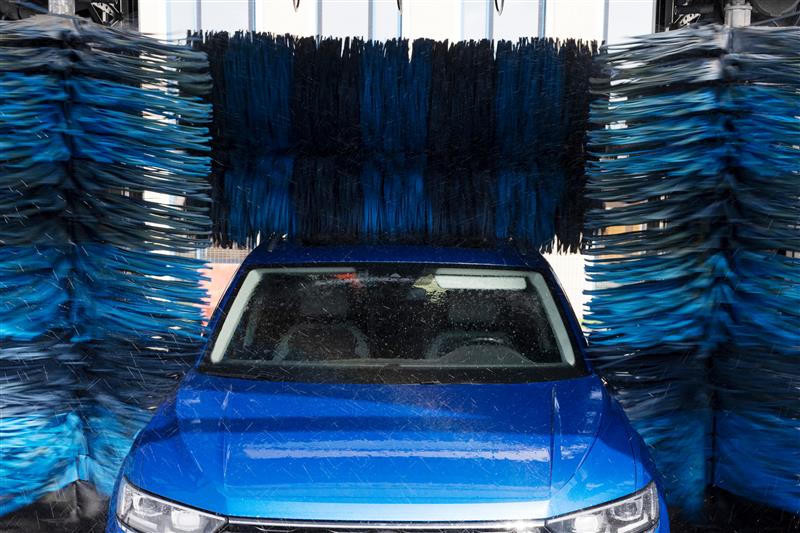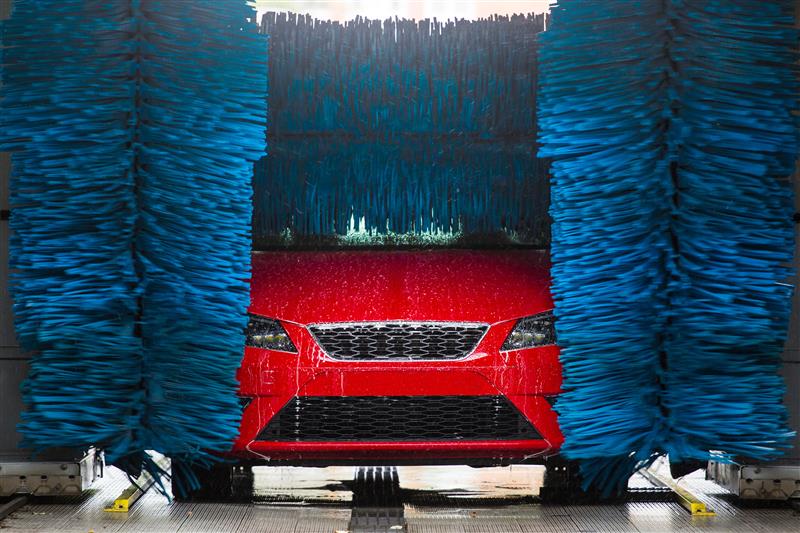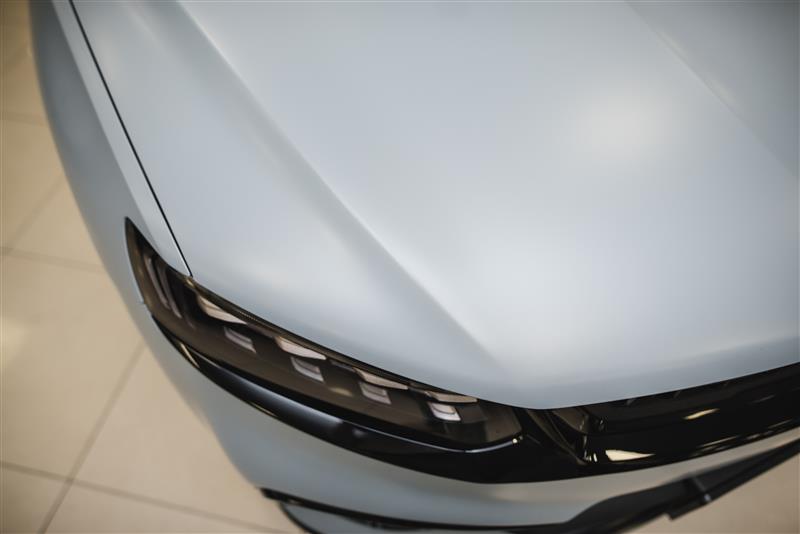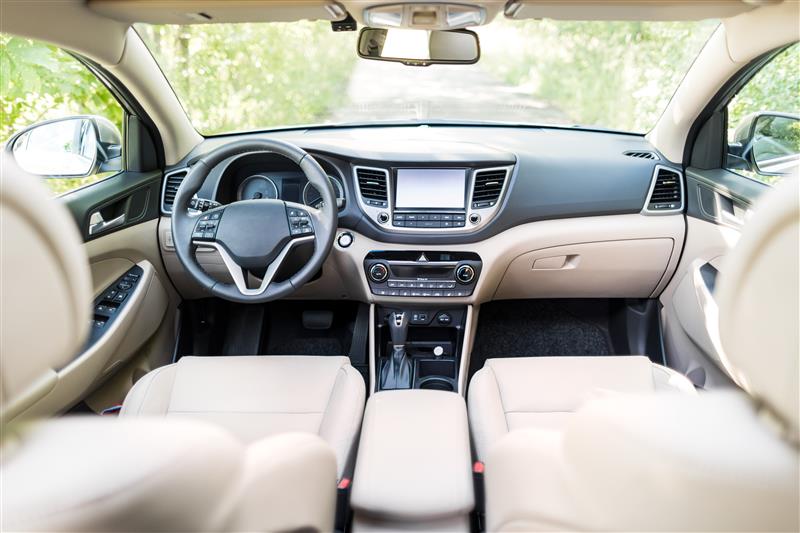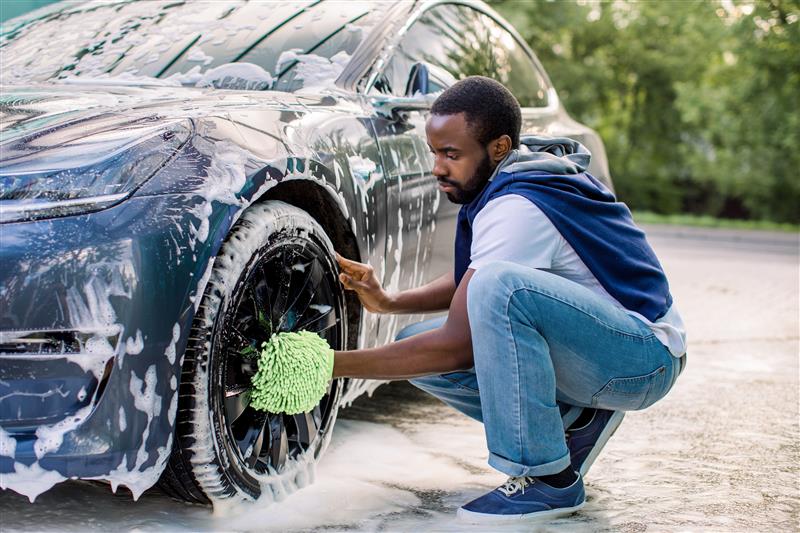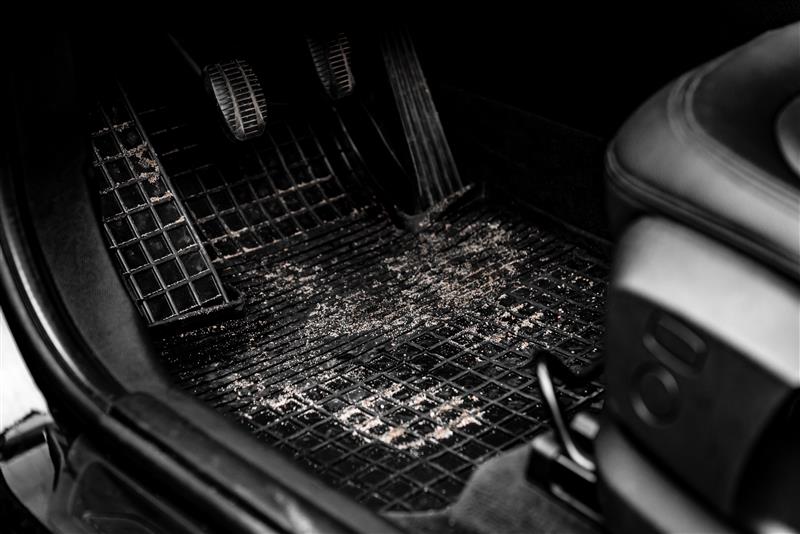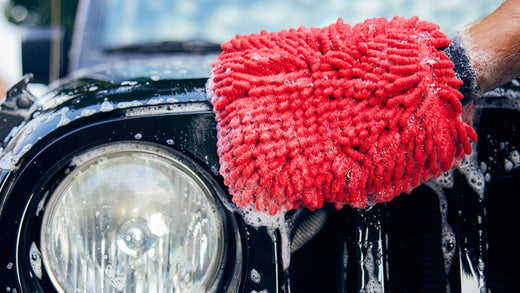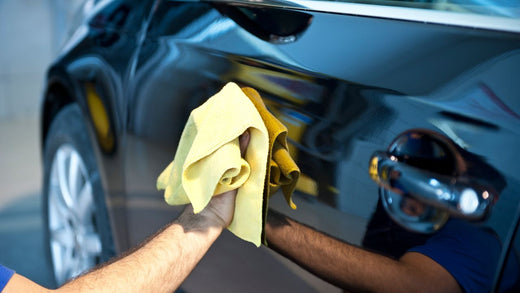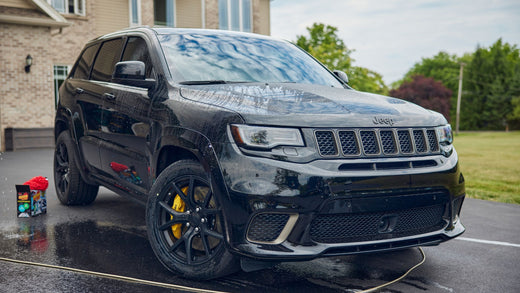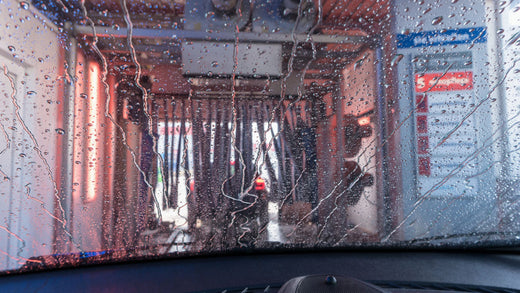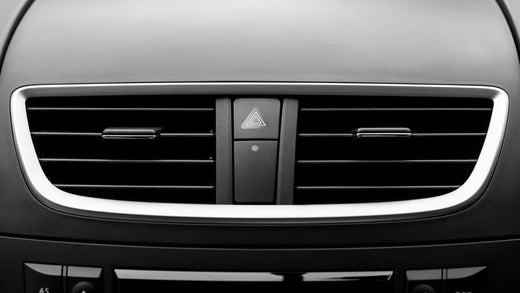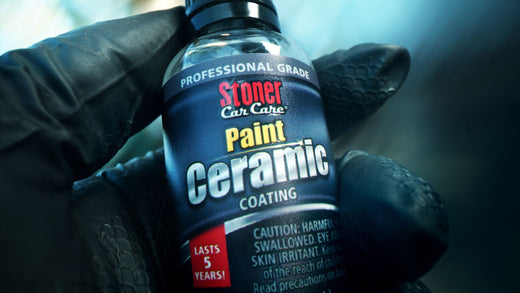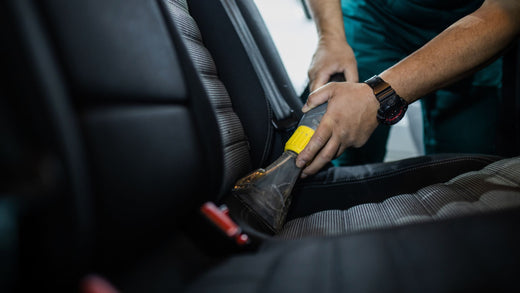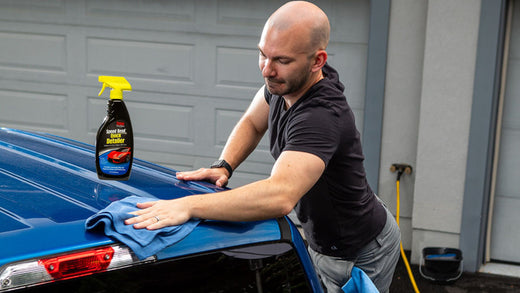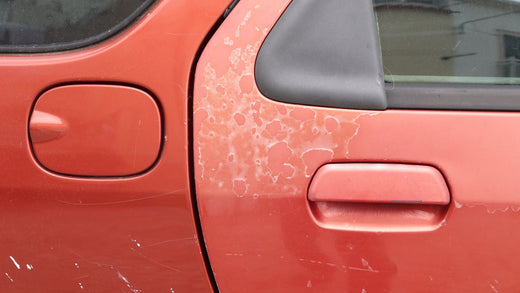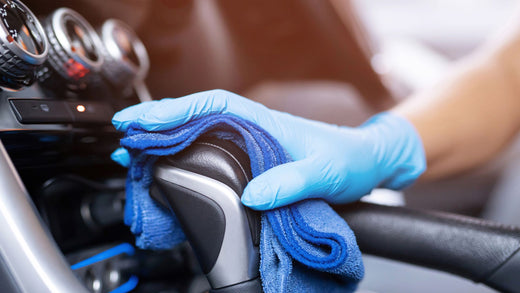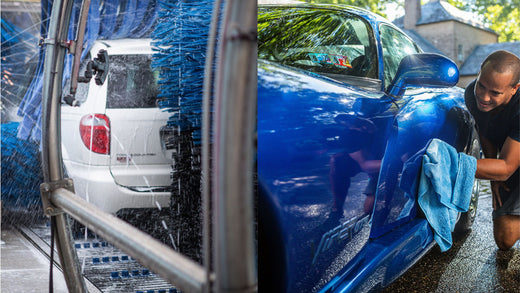Clear vision ahead with our holiday markdowns on Invisible Glass Ceramic Silicone Wiper Blades. Prices as marked.
For those in the north, wintertime is arguably the most beautiful season, with snowfall and festive celebrations. Pristine as it may be, winter is the most hazardous time for your vehicle. Slick roads make it dangerous to travel, while road salt and other contaminants can eat away at your exterior, causing severe damage. Autumn is the time to prepare your car for wintery conditions. You can stay safe, protect your vehicle, and save money on repairs by conducting routine, thorough cleanings.
To prepare and clean your car for winter: Detail the interior of your vehicle, rinse the exterior, apply wheel cleaner, wash the car with car soap, dry with a microfiber towel using back-and-forth motions, and apply a protective product.
Tools and materials list
Gather the following tools and materials for your winter prep:
|
❆ Vacuum cleaner |
❆ Interior Detailer |
|---|---|
| ❆ Detailing brush |
❆ Water bucket(s) |
| ❆ Upholstery cleaner |
❆ Microfiber towels |
|
❆ Car soap |
❆ Wax or synthetic sealant product |
|
❆ Wash mitt |
❆ Rain/liquid repellent (optional, but recommended) |
Pre-cleaning considerations
Fall ushers in unpredictable temperatures ranging from a pleasant 70 degrees Fahrenheit to chilly conditions below freezing. Temperature affects the detailing process, and cleaning on frigid days can freeze your doors and locks. Similarly, you cannot apply protective products such as waxes or synthetic sealants in temperatures below 50℉.
In fall or winter, you must plan to clean on a day with warm and sunny conditions. Temperatures should be between 50–70℉, and you should have enough sunlight to illuminate any imperfections in or on the car. The less wind, the better; wind can cause water spots and streaking.
Once you have ideal conditions, you can begin cleaning, starting with the interior.
Detail the interior of your vehicle.
Beginning with the cabin allows upholstery or interior detailing time to dry as you clean the exterior.
In need of an upholstery cleaner? Stoner Car Care has options for cloth and leather upholstery. Stoner’s Cloth Upholstery cleaner is a safe beat for those looking for a safe and reliable option. It has a foaming action that allows the cleaner to sit on the surface, avoiding absorption into the seats. Stoner’s Leather cleaner is a three-in-one cleaner that offers cleaning, lubrication, and protection in one quick step.
Always conduct a spot test before using any new interior cleaning product. A spot test is a small-scale test in an out-of-sight area that ensures the product is safe on your surfaces. If your product is tried-and-true, you may skip the spot test and begin to clean.
Apply your choice of upholstery cleaner, and scrub from top to bottom – starting with the headrest of your seats and moving down. This technique will avoid any potential cleaner run-off on already cleaned areas. Focus on cleaning the tight cracks and crannies housed in the seats.
Once thoroughly cleaning the seats, remove the floor mats and shake them away from the vehicle. Proceed to clean the carpets, keeping in mind that they house a lot of dirt. Leaves, mud, slush, gravel, and salt residue may gunk up your mats throughout fall and winter. You may wish to consider investing in all-weather floor mats to make cleaning easier.
Clean plastic trim pieces
Drastic temperature changes can damage your vehicle’s interior plastics, so we recommend utilizing an interior detailer for winter preparation or cleaning. Plastic expands and contracts in warmer and cooler temperatures, causing discoloration and cracks over time. An interior detailer such as Power Clean not only beautifies but protects your surfaces.
Rinse the exterior
Once you’ve cleaned the cabin, move to your car’s exterior. Rinse the vehicle with water, spraying from top to bottom. Don’t forget the roof and undercarriage. This step aims to rinse light contaminants such as dirt, pollen, and other grime.
Apply wheel cleaner
Take a moment to spray down the wheels with a wheel cleaner. Wheels often house brake dust and other debris baked on by a combination of heat and time. To read more about brake dust and how it can damage your wheel, check out our piece on baked-on brake dust.
It is crucial to check your wheel cleaner’s acidic strength. If you’re using a strongly acidic solution with a low pH, you will want to limit the time it’s on your surfaces. However, if your chosen cleaner has a high pH, apply it early in the cleaning process to allow ample time to lift debris from the surface of your wheel.
Wash the car with car soap
Begin washing the vehicle’s exterior with a wash mitt and some car soap. One water bucket can work; however, we recommend using two if you have a spare to help avoid reapplying dirt or debris.
Similar to the past few steps, we recommend cleaning from top to bottom to avoid any dirty run-off contaminating already-cleaned areas.
Dry with a microfiber towel using back-and-forth motions
Dry your car as soon as possible after cleaning; lingering water can form unsightly water spots and streaks. Take a microfiber towel and dry the surface in up-and-down or side-to-side motions. Avoid drying in a circular pattern, as this causes water streaks to form. Frequently swap out microfiber towels as needed; wet microfibers will reapply and move around pre-existing water. We recommend having at least ten with you for a full-scale wash.
Apply a protective product
Fall and winter bring a ton of contaminants that can damage your exterior. Perhaps the most damaging is road salt, which erodes and rusts exposed and unprotected metal surfaces.
To help protect your car’s surfaces, we recommend applying a protective product; this could be a wax or synthetic sealant of your choice. Check out our exterior detailing post, which features an in-depth breakdown of these products to help determine which best suits your needs.
A quick breakdown: Wax products contain natural elements that create a warm shine for the finish. However, these products tend to break down faster than synthetic ones. Lab-engineered, synthetic sealants offer longer-lasting results, and these products typically leave a futuristic, modern shine on a vehicle.
Regardless of the product you choose, we recommend taking the additional step of adding a layer of protection. Apply either of these products in temperate fall weather, as they are not applicable in temperatures below 50℉. Getting ahead of salt and snow will keep your exterior finish pristine throughout the winter weather.
Consider Stoner Car Care’s Hybrid Ceramic Liquid Wax for winter protection. This product creates a hydrophobic bond that prevents liquids or grime from clinging to your exterior. Easy to apply, this wax is perfect for the winter season and will keep your exterior protected for weeks.
Winter’s hazards
Take time in the fall to consider winter’s hazards before it’s time to go dashing through the snow. The winter season contains various dirty and potentially damaging threats to your vehicle.
Snow
Snow alone cannot damage your vehicle; however, improper snow removal will. Wiping away snow with excessive force or non-specific car tools may easily scratch or damage your car’s exterior. When clearing the white stuff, use only a snow removal tool or a non-abrasive foam brush. Most try pushing the snow off their vehicle; however, this can lead to scratching. Instead, pull the snow towards you.
Snow removal is an area where adding a protective layer is beneficial; Waxes and sealants provide a temporary buffer between your removal tools and your paint. A little preseason preparation pays off.
Ice
Ice is much harder to remove than snow; it sticks to your vehicle and won’t come off without effort. Still, ice removal is crucial, as the frozen matter may fly off your car as you drive. Improper car cleaning presents a significant safety hazard to fellow drivers.
Prepare for icy temperatures by ensuring you top off your windshield wiper fluid. Consider an additive to provide extra protection from snow and icy build-up. Stoner Car Care Invisible Glass Rain Repellent Washer Additive improves driving visibility in wet weather, repelling rain, sleet, and snow for safer driving.
Salt
As mentioned above, salt is the main villain of your vehicle during wintertime. While it’s necessary for snow removal and road traction, it will destroy your vehicle’s exterior, given some time. Salt corrodes most metal surfaces, including your rims, undercarriage, and exterior coat. Modern cars feature a clear coat that adds protection; however, this degrades over time – leaving your exterior at the mercy of salt and its damaging effects.
A powerful combination of routine cleaning and defensive products will help you shield your vehicle from corrosion. Preparation for winter begins in fall and investing time in cleaning pays off in protection.
Head into winter prepared!
Admire winter’s beauty on the road, confident that your ride is clean and protected. While there’s a lot to consider when cleaning in winter, routine care keeps your car safer and on the road for longer - saving you money. Follow these steps to ensure a clean ride. To prepare your car for winter: Detail the interior of your vehicle, rinse the exterior, apply wheel cleaner, wash the car with car soap, dry with a microfiber towel using back-and-forth motions, and apply a protective product. Don’t let slush and snow get in your way this winter!

